Dive Deep into the Italian Opening: A Chess Player's Guide
The alluring world of chess strategy awaits in "The Ultimate Guide To Mastering the Italian Opening." Whether you're a seasoned player seeking to refine your repertoire or a curious beginner, this guide unlocks the secrets of this classic opening.
A Timeless Opening Beckons
Understanding the Starting Position
The Italian Opening begins with a clear and concise setup (1.e4 e5 2.Nf3 Nc6 3.Bc4). White initiates by advancing the e-pawn two squares, aiming for central control and development opportunities. Black mirrors the move with their e-pawn. White's second move brings the knight to a central square, supporting the e-pawn and preparing for further development on the kingside. Black responds with a natural knight development to c6, controlling the d4 square and supporting their e-pawn. Finally, White's third move, Bc4, develops the bishop to a powerful diagonal, targeting the vulnerable f7 square in Black's position. This starting position sets the stage for a versatile and dynamic game, allowing for various strategic themes to unfold.

Exploring the Variations
The Italian Opening branches into distinct variations, each offering unique strategic ideas. Let's delve into three notable ones:
-
The Giuoco Piano (Quiet Game): This slow and classical approach emphasizes harmonious development while maintaining a flexible pawn structure. White often plays c3, preparing to support the d4 square and challenge Black's central control. The Giuoco Piano leads to positions with symmetrical pawn structures, focusing on maneuvering pieces for positional advantage. While quieter, it culminates in rich and strategic middlegame battles.

-
The Giuoco Pianissimo (Very Quiet Game): An even more restrained approach, the Giuoco Pianissimo typically follows 3...Nf6 4.d3 d6. Both sides prioritize slow and deliberate development, aiming for a solid position and avoiding early complications. This variation caters to players seeking a less tactical and more strategic encounter.

-
The Evans Gambit: An aggressive and dynamic choice, the Evans Gambit starts with 3...Bc5 4.b4. White sacrifices a pawn to open lines and create attacking chances against Black's king. If Black accepts the gambit, the game becomes sharp and tactical, demanding precise calculations from both players.

Confronting the Italian Opening
As Black, understanding how to respond to the Italian Opening is crucial. Here's a glimpse into strategies against two main variations:
-
Against the Giuoco Piano Main Line: The typical response is 3...Nf6, developing the knight to control central squares and pressure White's e4-pawn. After 4.d3, Black can play 4...d6, solidifying their position and ensuring king safety. Later, Black might castle kingside and aim for a strategic middlegame focused on maneuvering for positional advantages.

-
Against the Evans Gambit Declined: Black can decline the pawn sacrifice with 4...Bxb4, prioritizing solid development and maintaining a balanced position. After 5.c3 Ba5, Black's bishop retreats to safety while supporting the e5-pawn. This setup discourages White's aggressive intentions and allows Black to develop normally, aiming for a more balanced middlegame.

Mastering the Game, One Move at a Time
The Italian Opening is a valuable asset for any chess player's arsenal. This guide equips you with the knowledge to navigate the opening's intricacies and enhance your overall gameplay. Embrace the Italian Opening, explore its variations, and confidently conquer the chessboard!




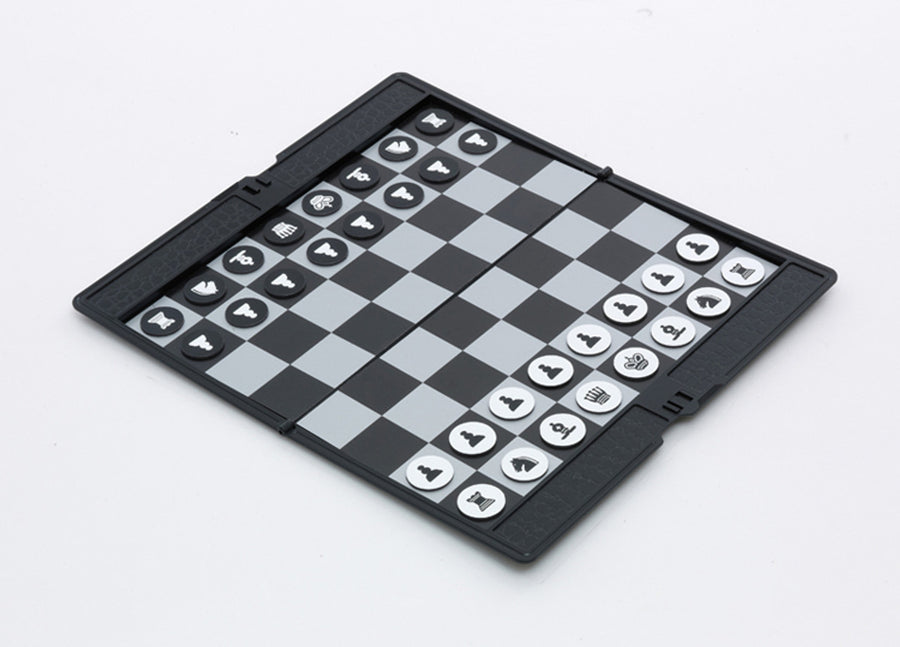
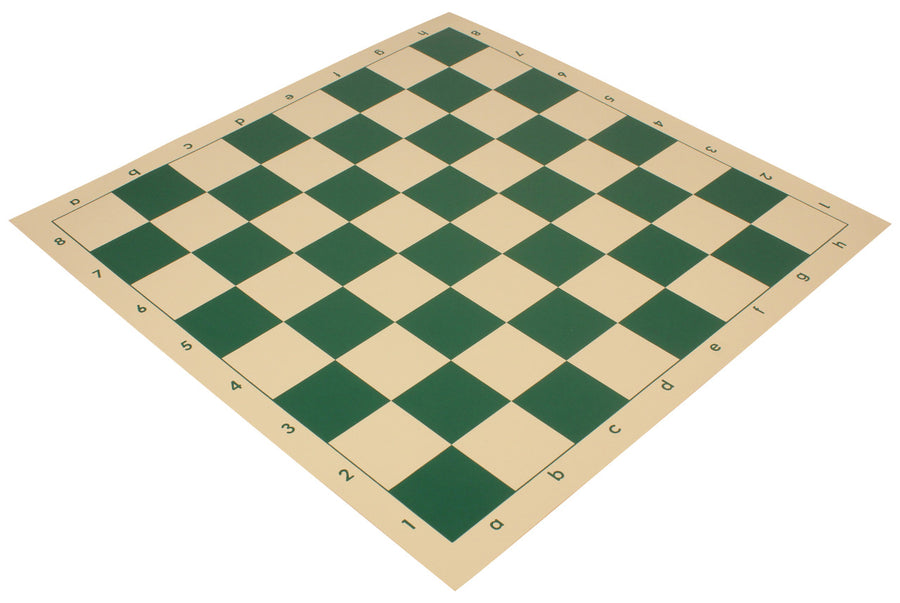










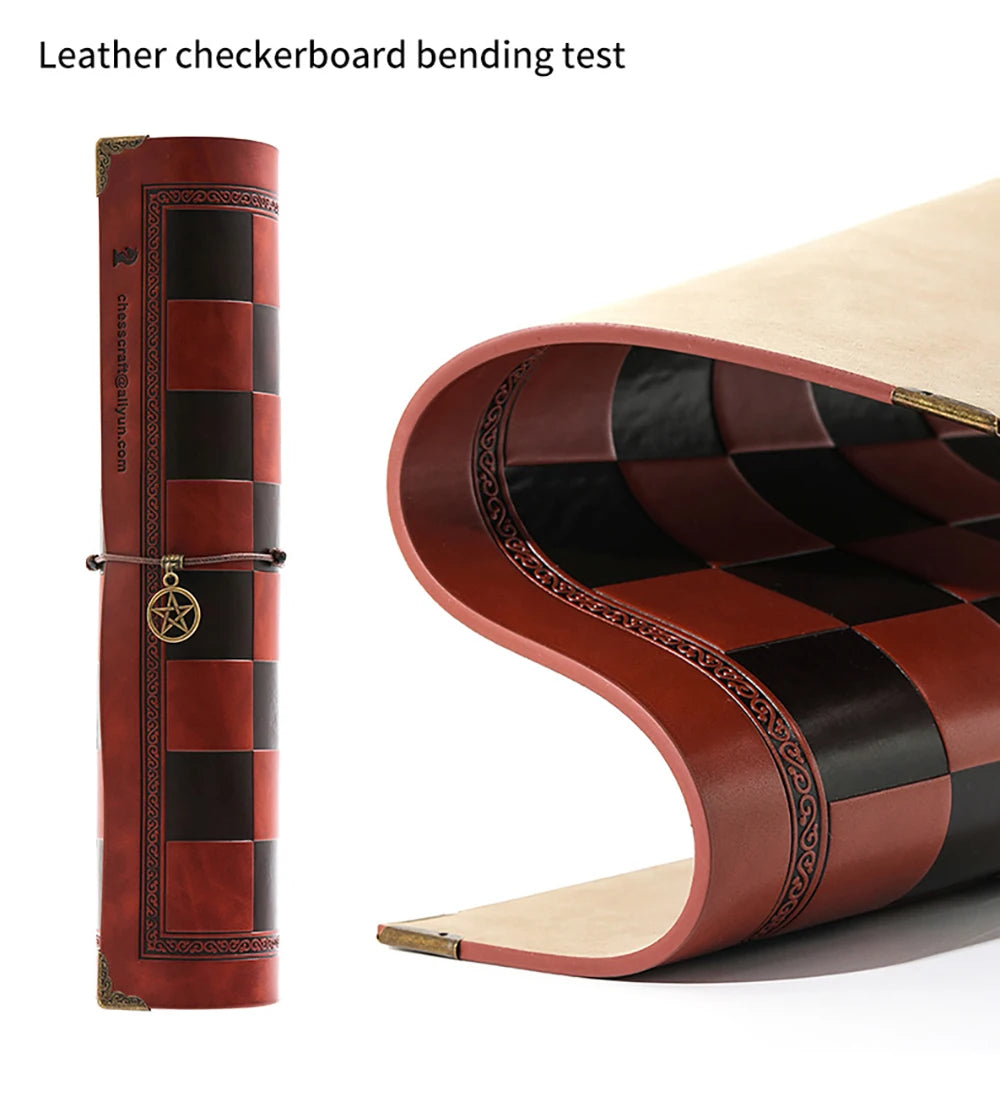
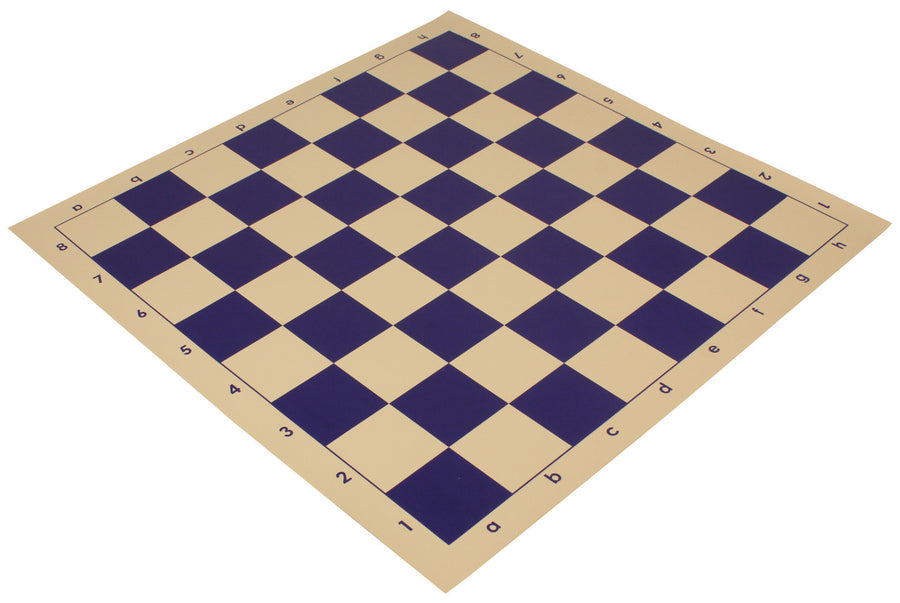


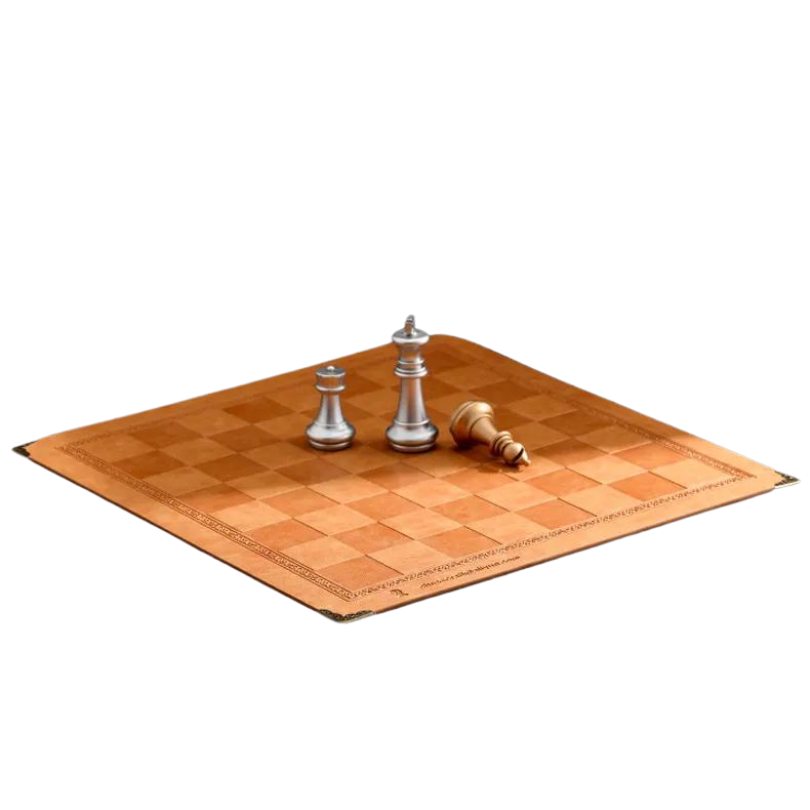











Leave a comment